By Raukura Hoerara-Smith – Assistant Curator Māori
At the start of this year, I was assigned my very first exhibition – to commemorate the 50th anniversary of the TEV Wahine disaster. I was lucky enough to experience almost every step in the development process and the opening of this temporary exhibition.
Overall, it is not about providing information that visitors passively absorb but more around encouraging visitors to engage, to look closer at an object and to give our visitors a better experience that enhances their perception and value of Wellington’s history.
Phase one – A purpose to remember
How do museums make a difference within society? How do they support the public’s understanding of the world as well as of themselves? We live in an increasingly competitive world where every museum is competing for audiences and resources.
Today, museums are among the more successful leisure venues in the world, but it is not a given that museums will always be popular and successful.
A commemoration of the Wahine disaster 50 years on gives our audience a purpose for remembering the history of Wellington Harbour. Here at Wellington Museum, we are the primary caretaker of the Wahine collection. This temporary exhibition has provided the opportunity to focus on individual objects within the Museum’s collection. We have collected an extensive range of items donated to the museum, so it is only right that we display them respectfully.
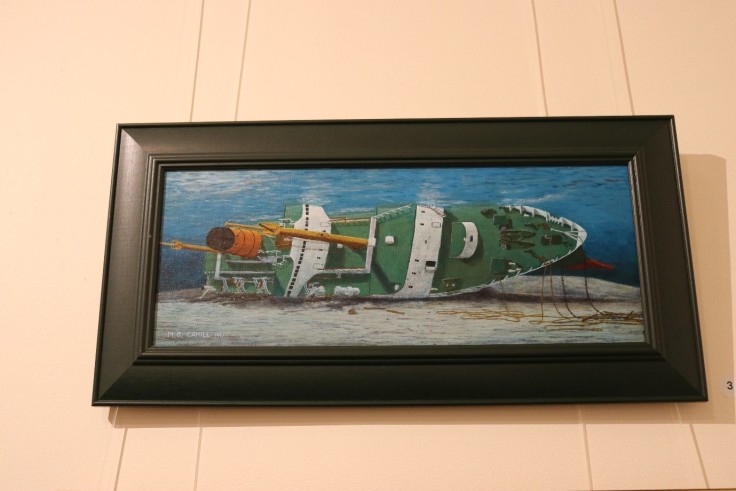
The Wahine disaster affected many lives and from this came a sense of empathy and understanding about how this event still influences society today.
This exhibition brings together works from our Collection along with loans from different artists, making this an incredible opportunity to come together and remember this significant event.
Phase two – Researching
Armed with inspiration, I started my research on Vernon, our collection database. I was searching for relevant artwork that had some provenance to the TEV Wahine. I found approximately 30 artworks.
The most challenging part was then trying to contact the artist for further information. It came to be that the majority of the artists had since passed away. Although, in the end, I did manage to track down two artists who are currently living in Wellington. In order to respectfully represent them and their work, I needed to sit down and ask them about their personal connections with the Wahine.
The first artist was a survivor, Kay McCormick, who painted self-portraits of herself. One was shortly after the event and contrasted with another piece that she created years after. She created one self-portrait to express her pain and suffering and another to capture a sense of calmness by connecting herself back to the sea.
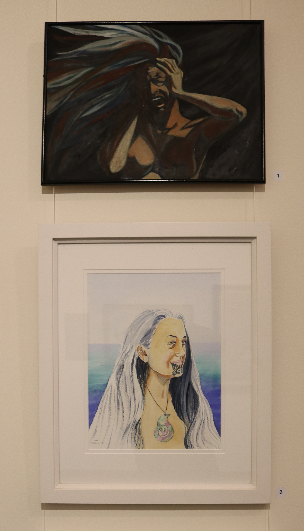
The second artist, Martin Cahill, a Wellington maritime artist, shared some of his collections as well as reflected on the importance of maritime art. Martin’s love for the ocean was a constant source of inspiration – from his voyages to his interest in ship models.
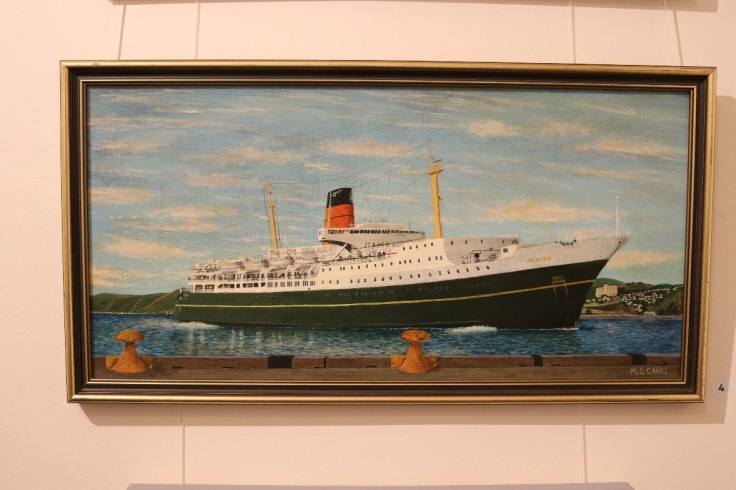
Phase three – Sorting out the artwork
Once finalised, all artworks were removed from storage and examined. Condition reporting helps to manage the state of objects when they are on loan. This also helps to plan exhibitions by showing which objects are in a stable condition and which need further treatment. After the loan requests are approved, there is the additional process of designing the exhibition and creating text and supplementary materials.
Phase four – Creating labels
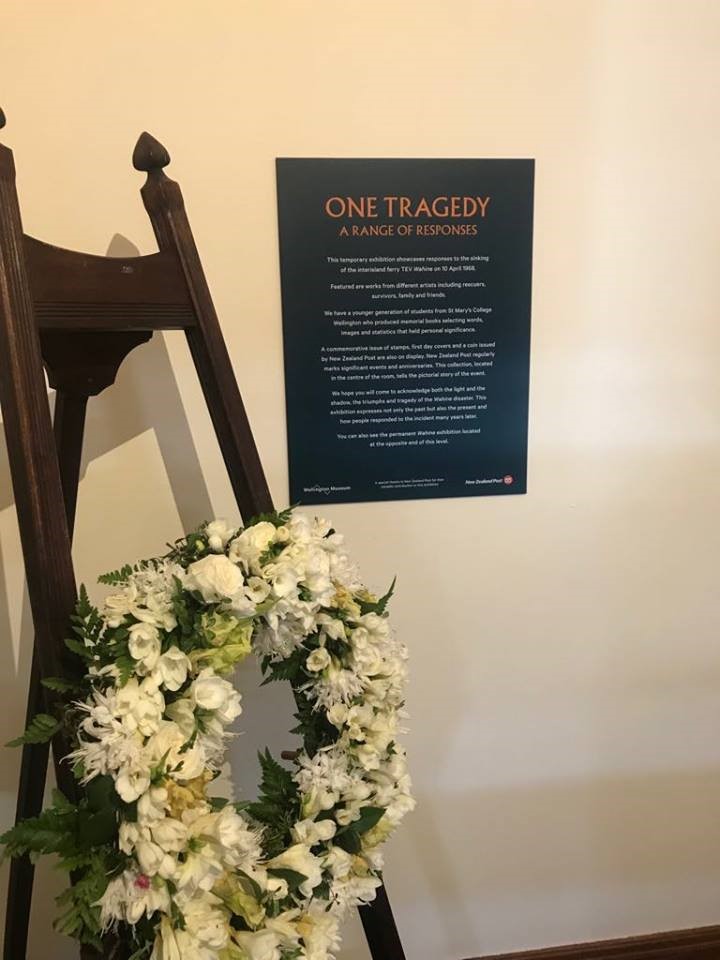
Having the opportunity to tell the stories about the Wahine helps to demonstrate how different accounts can be used effectively to engage with visitors emotionally and intellectually. Furthermore, the learning outcomes from these narratives can contribute to the experience of the visitor by creating historical awareness and understandings that encourage curiosity.
Labels are essential to guide visitors through spaces that provide both general background and specific details such as dates and titles.
Working with Renée Feith, a graphic designer, we came up with the overall look of the label design. What type of colours would be represented? What kind of font suited best? All these minor details enhance the development of the story.
Phase five – Installing the exhibition
A lot more goes into installing an exhibition than just putting the artworks in the cases and on to the wall. Measuring out the layout gives an overlook of the setup from a designers perspective.
Our in-house exhibition technician, Matt Henry, installed the artwork and ensured the framing, lighting and case displays were sufficient.
In addition to the artwork, we displayed artbooks created by students from St. Mary’s College, Wellington. Alongside this was also a unique collection of stamps and a limited edition coin issued by New Zealand Post.
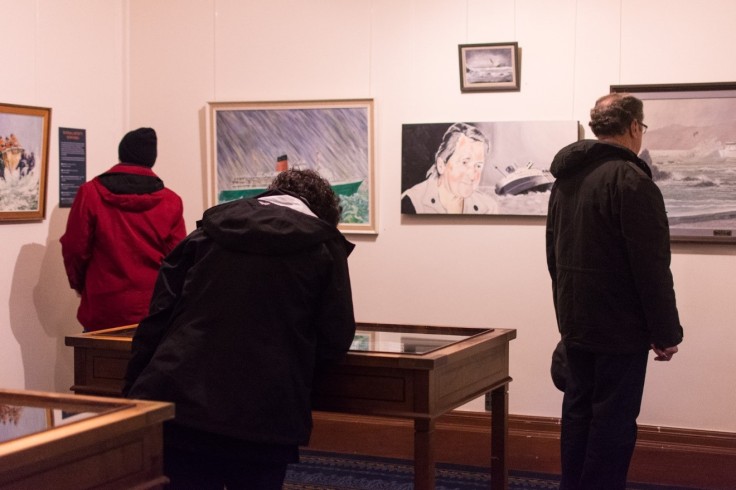
Phase six – Monitoring the exhibition
Visitor feedback is useful and can be used to make improvements for future exhibitions. It was great to hear the input received from the survivors and rescuers on Wahine day. It was a delight to talk to people who had traveled from afar and had a desire to spend time at our Museum. Connecting people and engaging in conversation helps connect communities.
We appreciated their stories, their responses, and their interest in the commemoration of the TEV Wahine.
My reflections on curating the exhibition
I enjoyed talking to Kay and Martin as they took me on a journey back to 1968. It profoundly altered their lives in unexpected ways but I thank them both for taking the time to revisit and share with me both their extraordinary experiences.
Personally, I never really knew much about the disaster until now. I was born in the 1990s so having this opportunity was a great way to expand my perception of maritime disasters and I am grateful for being the storyteller of those memories.
So next time you’re faced with something that’s unexpected, unwanted and uncertain; consider articulating your emotions through conversation, music, art, writing or even taking the time to surround yourself in nature.
Life is beautifully chaotic, a gift that is truly unpredictable.
If you haven’t been in to view the exhibition, please feel free to come in and take a look around. This exhibition will be coming down at the end of May – we do however have a permanent display on the opposite side of Level One.
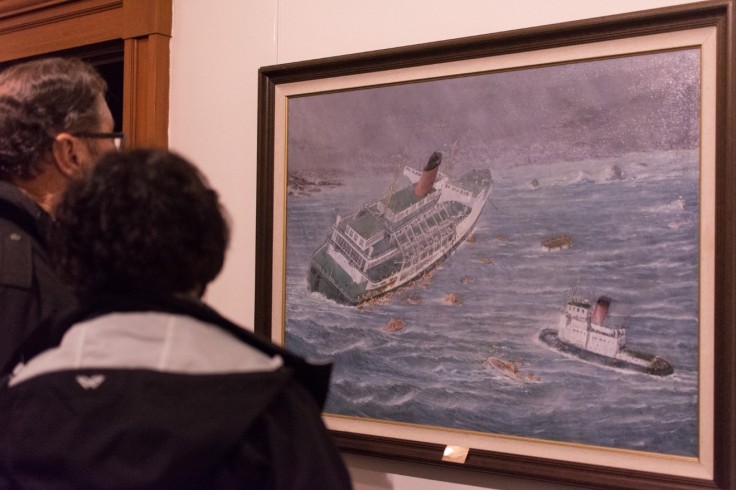


Leave a comment